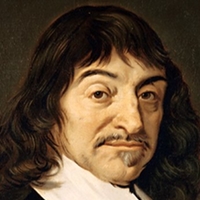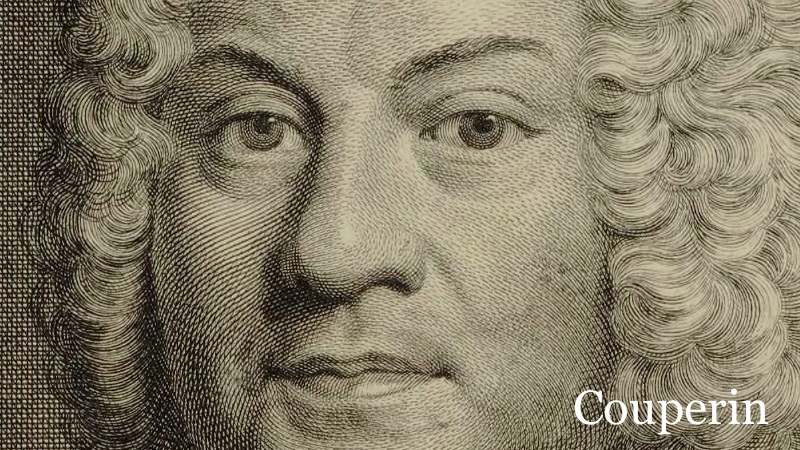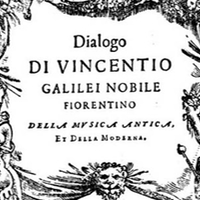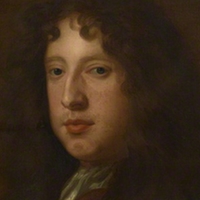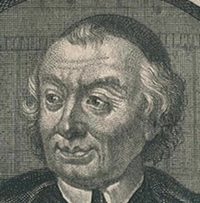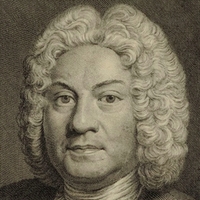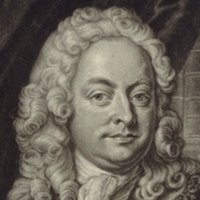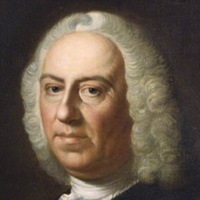‘To search into the Causes of this marvellous sympathy betwixt Numbers and our Soul, and how they come to that power and Efficacy upon our passions, we must know that the motions of the mind do follow the motions of the Animal Spirits; as those Spirits are slow or quick, calm or turbulent, the mind is affected with different Passions: The least force is able to obstruct or excite the Animal Spirits, their resistance is but small; and their Levity is the cause that the least unusual motion determined them; the least motion of a sound puts them in agitation.’
‘Our Body is so dispos’d, that a ruff and boysterous sound forcing our Spirits into the Muscles, disposes it to flight, and begets an aversion, in the same manner as a frightful Object begets horror by the eye. On the other side a soft and moderate sound, attracts and invites our attention. If we speak lowd or hastily to a Beast, it will run from us; by speaking gently, we allure and make it tame. From whence we may collect that diversity of Sounds do produce diversity of motions in the Animal Spirits.
‘Every motion that is made in the Organs of Sense, and communicated to the Animal Spirits, is connext by the God of Nature, to some certain motions of the Soul: Sound can excite passions, and we may say, that every Passion answers to some sound or other [my emphasis]; which it is, that excites in the Animal Spirits, the motion wherewith it is allyed. This connexion is the cause of our Sympathy with Numbers, and that naturally according to the Tone of the Speaker, our Resentment, [i.e. feeling] is different. If a tone be languishing and doleful, it inspires sadness; if it be lowd and brisk, it begets vivacity and courage; some Ayres are gay, and others Melancholly.’
‘To discover the particular Causes of this Sympathy, and explain how among the numbers, some produce sadness, some joy, we should consider the different motions of the Animal Spirits in each of our Passions.’
‘It is easy to be conceiv’d, that if the impression of such a sound in the Organs of hearing is follow’d by a motion in the Animal Spirits like that which they have in a fit of Anger (that is, if the be acted violently and with inequality), it may raise Choller, and continue it.’
‘On the contrary, if the impression be doleful and melancholy, if the commotion it causes in the Animal Spirits be feeble and languishing, and in the same temper as commonly in Melancholy, what we have sayd ought not to seem strange; especially if we reflect upon what has been deriv’d to us from many eminent Authors relating to the strange effects of Music.’
— Bernard Lamy (1640-1715). L’art de parler (Paris, 1675. English trans, 1676). [The art of speaking.]
